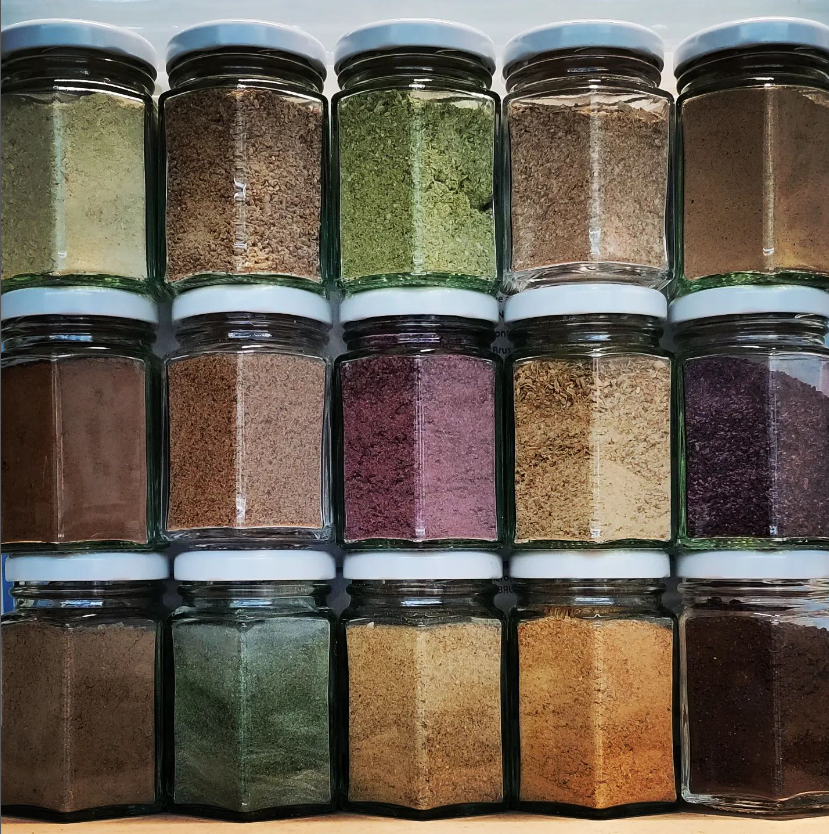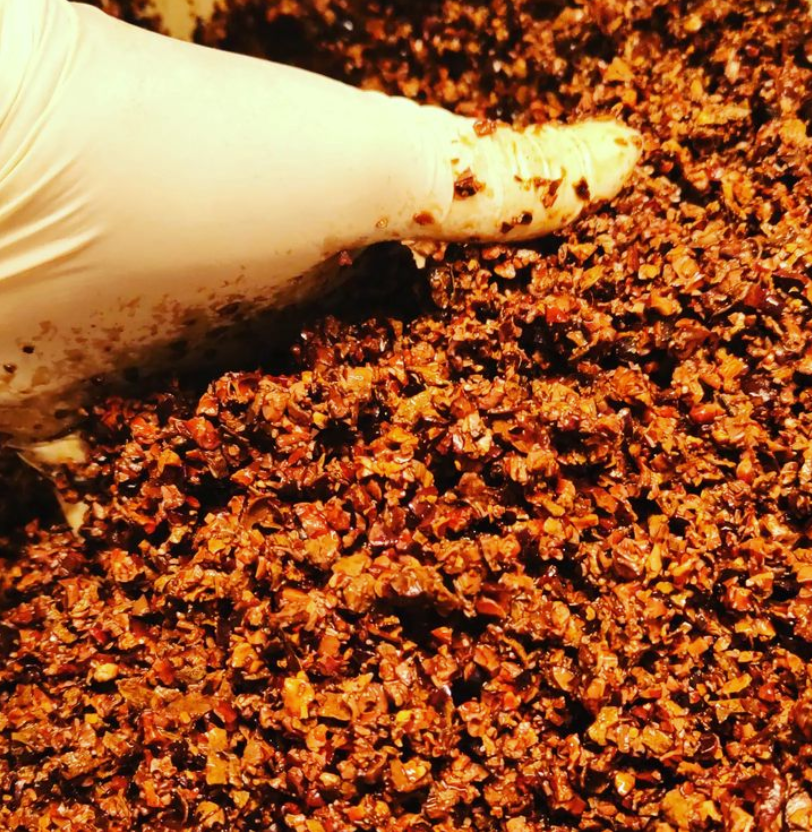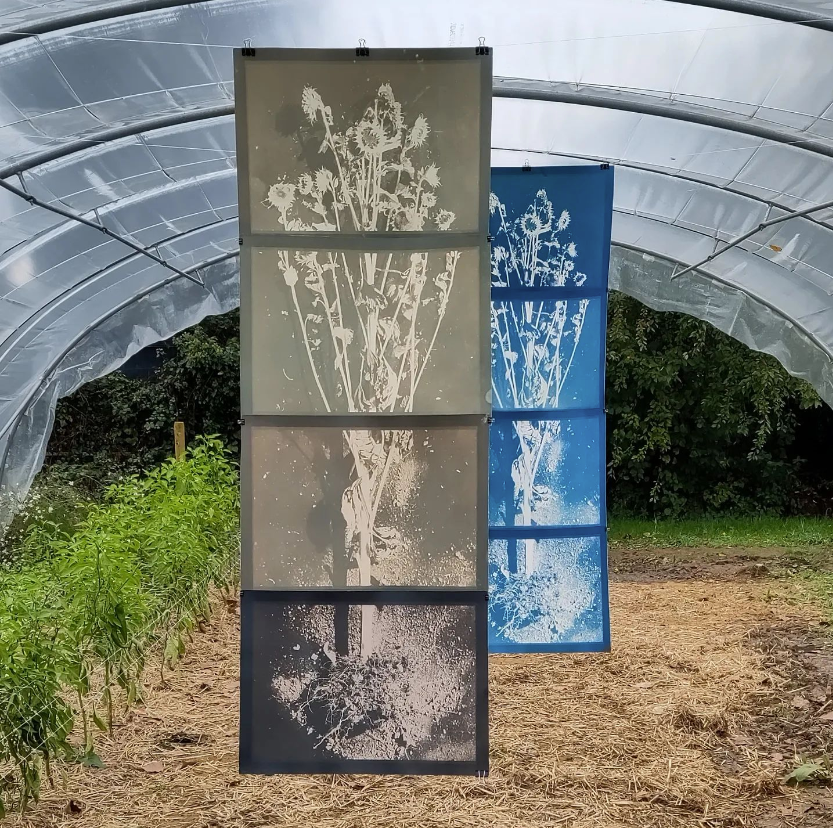At our Ferment Lab we are obsessed with leftovers, and we try to extract every last taste out of it. Over the last couple of months, our R&D manager explored the possibilities of flavor powders based on three leftovers we had in our lab: scraps, over fermented vegetables & pulp from pressing shoyu and other ferments.

Over fermented vegetables
It all started with some over fermented red onions we dried that ended up becoming great seasoning flakes for all types of dishes. We kept that idea in mind and when we had an overfermented kimchi laying around we dried it for rufly 36h and instead of using it as flakes we blended it because the texture wasn’t that pleasant. Over time we found out it preserved really well and held onto that specific kimchi taste. The first true flavor powder was born and there was no way going back. From now on every left over went through the same proces: can we dry it and make a salt out of it.
These are a couple of the results: Burned Carrot Salt | Kimchi Salt |Black Kimchi Salt | Hot Sauce Salt (the pulp leftover after filtering) | Lacto Beetroot salt | Fermented Celeric Salt

Amino based powders
Another flavor filled leftover we had often laying around was the pulp from our pressed amino sauces (sauces fermented thanks to koji, like soy sauces) We often work already with leftovers (spend grain, cacao husk, old coffee) when creating these mixtures but saw a potential in it’s pulp too. When dried and blended it gives that wonderful umami kick. We use it to cook onions in it, to caramelize vegetables, to add a little umph to any dish.
The ones we have at the moment are; Cacao Shoyu Powder | Spend grain Shoyu powder | Coffee Shoyu powder | Oat Choco Garum Powder
Scraps are the new flavor
But it didn stop there. Now that we had aesome results with our fermented stuff, what could we do with things like all the peals left from our kimchi preparation, the greens from the fennel and the leek or even the peals of such delicate vegetables as Aspargus. Well: dry it and mix it with around 20% to 30% salt. It creates great alternatives for a bouillon and keeps the flavor of the vegetable.
And if it’s not that good, you can use it as a coloring agent for cynaotype, check our instagram post about it

Some of our salts: Black Garlic Peal salt | Kimchi Scrap Powder | Dried Sea Lettuce Salt | Asparagus Scraps Salt | Leek Scraps Salt
This is part of a series of posts explaining our ongoing research on using fermentation techniques to minimize waste and create circular fermentation. And don’t forget : ferment everything!